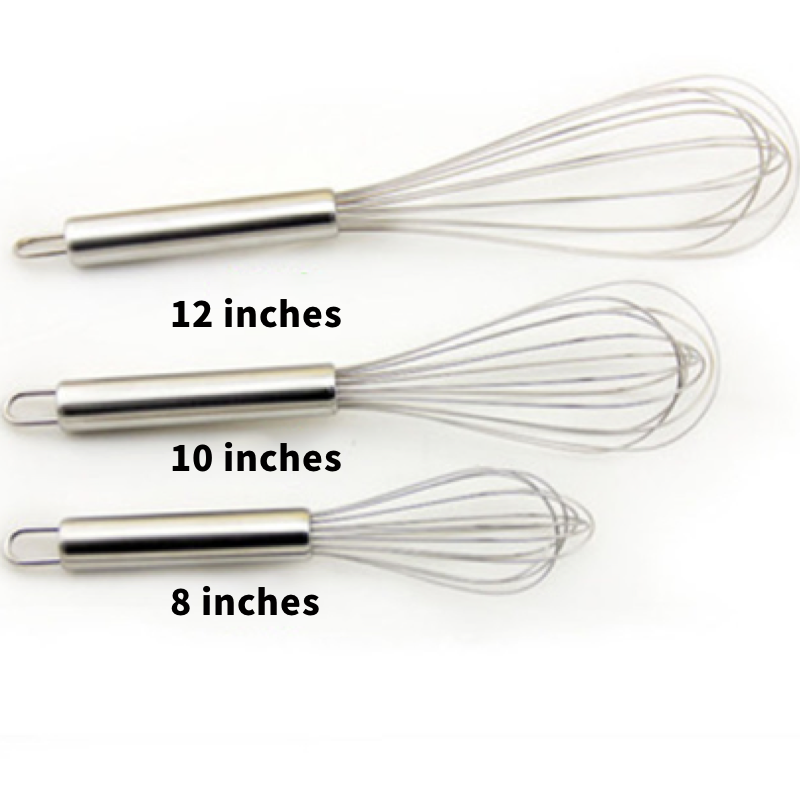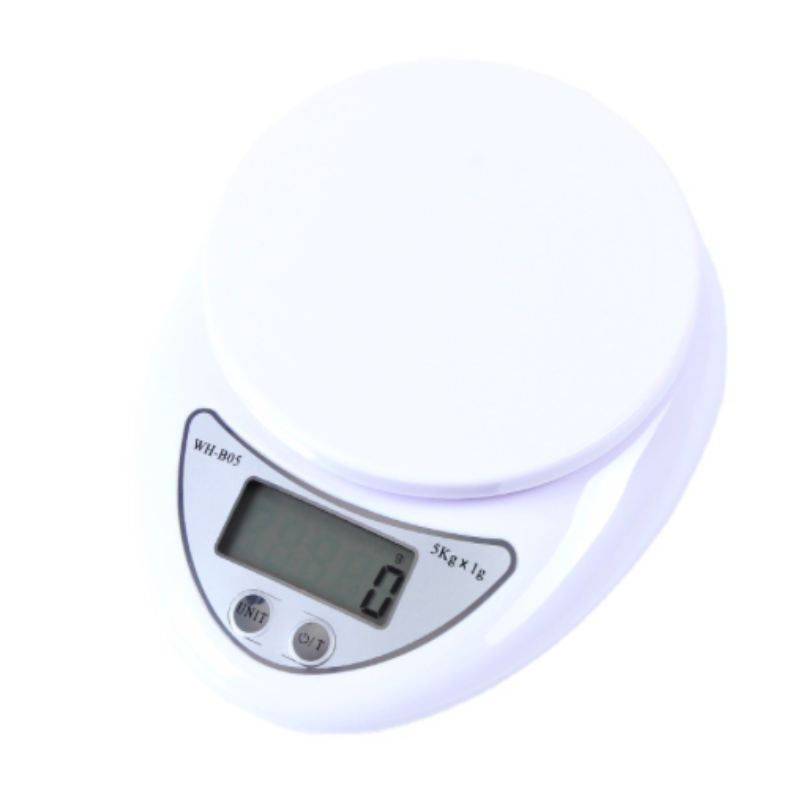Dough fermentation is one of the crucial steps in the baking process. Through proper fermentation, the dough can become softer and more elastic and give the bread a unique texture and flavor. In this article, we will introduce the key steps and techniques of dough fermentation for baking in detail.
1. Choose the right flour
First of all, choosing high-quality flour is the key to making a successful dough. High-quality flour contains more gluten and can provide the elasticity needed for dough. Common baking flours include high-gluten, medium-gluten and low-gluten flours, so choose the right flour for your specific needs.

2、Preparation of yeast
Yeast is the key ingredient for dough fermentation. Choose fresh active yeast and add the right amount of yeast to the flour according to the product instructions. The amount and activity of yeast will directly affect the fermentation speed and quality of the dough.
3. Mixing and Kneading
Mix the flour and yeast together, add the right amount of water and salt, and start kneading the dough. The purpose of kneading is to knead the gluten out of the flour and make the dough more elastic. Knead evenly to avoid over-kneading and breaking the gluten.

4. Fermentation temperature and time
Controlling the proper fermentation temperature and time is the key to dough fermentation. Generally speaking, the appropriate fermentation temperature is 25-30℃, and the time depends on the specific needs. During the fermentation process, maintain proper humidity to prevent the surface of the dough from drying out.

5、Judgment of fermentation state
During the fermentation process, you can judge whether the fermentation is completed by observing the state of the dough. When the dough swells to twice its original size, and the surface is smooth and elastic, it can be considered to have completed fermentation. At this point, you can proceed to the next step of the baking operation.

6、Dough venting and shaping
After the dough has finished fermenting, it needs to be deflated and shaped. Exhaust refers to the release of gas from the dough to make it firmer. Shaping is the process of molding the dough into different shapes, such as rounds, rectangles, etc., as needed. These steps help to ensure that the baked bread has a stable shape and consistent texture.

7. Bake and enjoy
After venting and shaping, place the dough into the preheated oven for baking. Adjust the baking time and temperature according to the type and size of the bread. When the surface of the bread is golden brown and the aroma is fragrant, it is ready to be taken out and enjoyed. Freshly baked bread is fluffy and aromatic, and is one of the favorite treats.
In conclusion, dough fermentation for baking is one of the key steps in the baking process. By choosing the right flour, preparing yeast, mixing and kneading, controlling the temperature and time, observing the state, venting and shaping, and the correct baking method, you can make fluffy and delicious bread. While enjoying the fun of baking, it also allows us to understand and master baking skills better, bringing more delicious baked goods to our family and friends.









